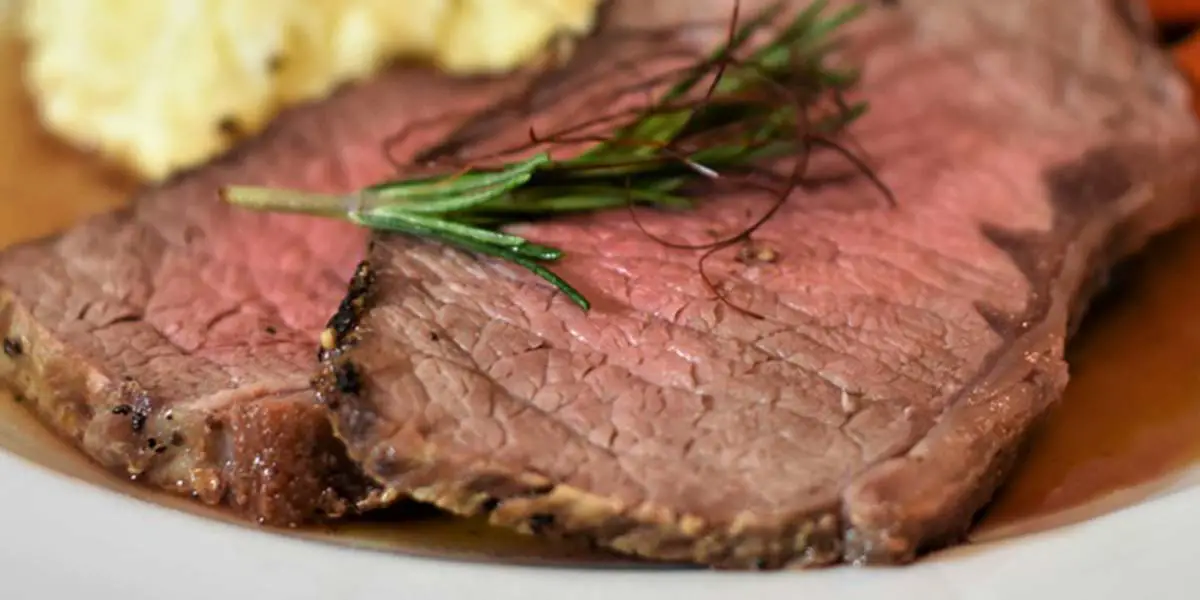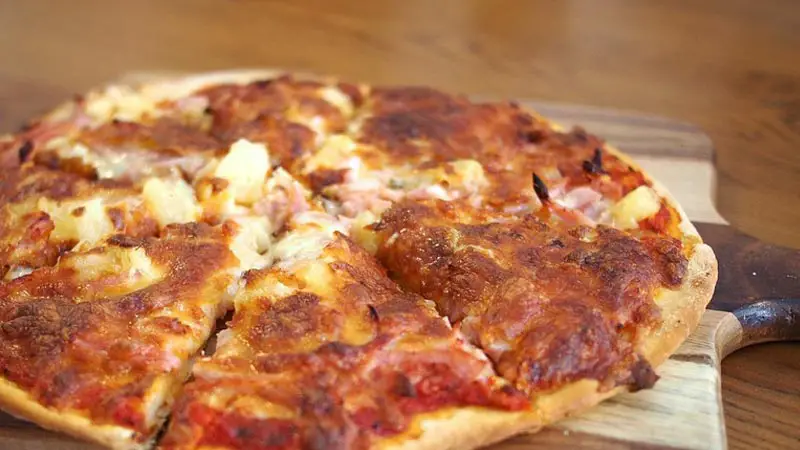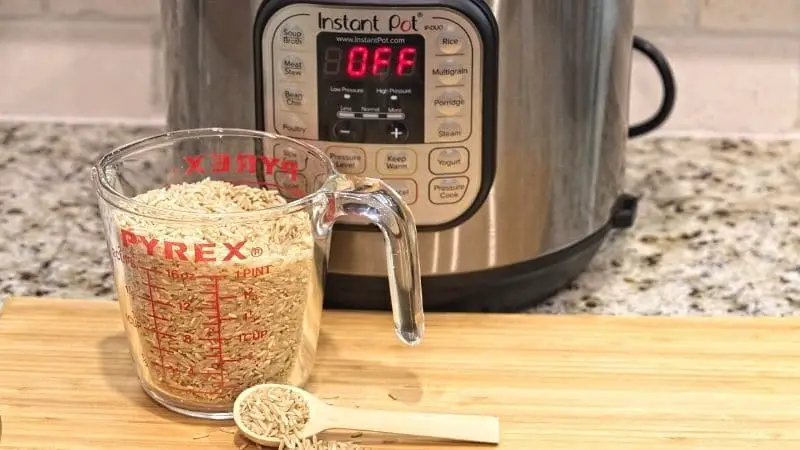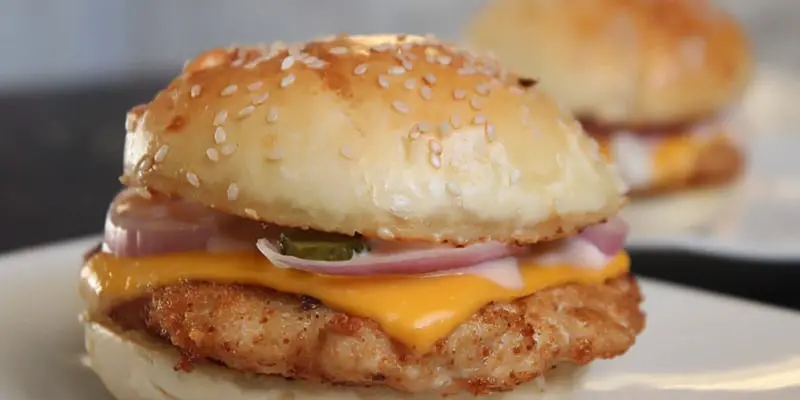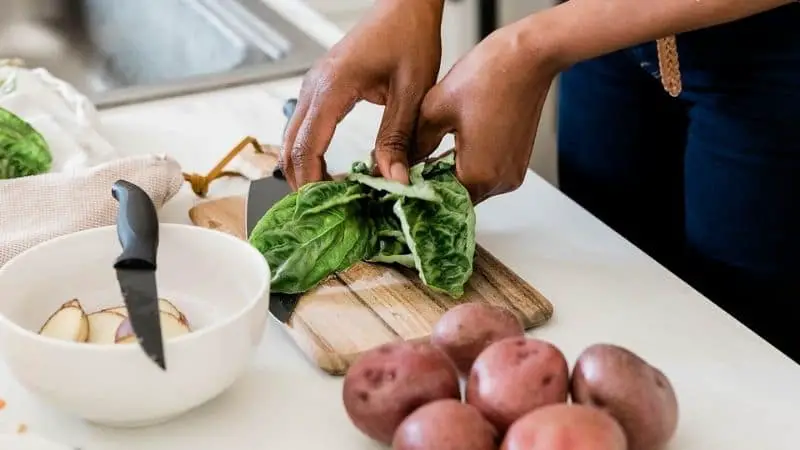What is the Difference Between Skillet and Sauté Pan
Everyone knows the struggle of choosing the appropriate equipment for the kitchen. Should you go for that sauté pan while frying things? What should you use a huge bowl-like cooking ware for?
What is the job of a skillet? Which oven is appropriate for baking? The questions are endless. One such question that you must have faced while organizing your cooking ware is- can I use a sauté pan instead of a skillet?
This is a question almost all of us had at one point of our cooking endeavors, due to these two’s similarity in structure and uses. But there are differences that separate these two? What are those? Keep reading to find out!
Contents
What is a Skillet?
A skillet is a cooking ware that has slightly angled sides, and not that much of surface area. It is best used for cooking things that require high heat for a minimum amount of time – such as for pan-frying meat or vegetables.
A skillet is also known by some people as frying pans, as they both serve the same purpose. This pan is quite comfortable to maneuver and can easily move things around when needed.
What is a Sauté Pan?
A sauté pan is a type of pan that has straight angled sides. Due to the straight sides, this pan has a wider surface area than skillets or frying pans. They are mostly used for cooking things that involve liquids, such as making soups or simmering a broth. Sauté pans are particularly helpful when the cooking technique involves moving liquids around a lot.
Difference Between Skillets and Sauté Pans:
While almost all people use these two terms interchangeably, distinguishing these two by their differences can help one to understand which pan to use when. Therefore, all the differences are listed below-
1. Sides
A skillet has sides that are sloped, and this slope can vary from pan to pan. For example, some have slopes that are nearing the right angle, while some are extremely sloped. The more sloped a skillet’s sides are the lesser surface area of the skillet.
Most skillets usually come in 10 inches or 12 inches (in rim diameters), but the sloped sides of the skillet prevent the user from accessing the full size. Therefore, if you buy a 12-inch skillet with extremely angled sides, you will probably get only 9 inches at the bottom.
Sauté pans, on the other hand, have straight sides, which helps the user to access all of its surface areas. Therefore, it is a popular option for you if you know your cooking will involve a lot of space.
2. Weight
A skillet is not a heavy as a sauté pan. It can be used when you need to pan-fry things with high heat or toss things up high in the air while trying to achieve a little bit of crust and crispiness.
That is fairly hard to do with sate pans, as they are heavier and using them to toss food would probably result in the food getting dropped all over: which, face it, no one wants.
3. Access
With skillets, you get a little bit more access than with sauté pans. This access helps to pan-fry things or sear meat, vegetables in it better. Since skillets can be easily moved around, it is often the first choice of people while trying both of these cooking ware.
4. Uses
Skillets and sauté pans can both accomplish the things that the others do; however, there are different things they do better than the other.
For example, the sloped angles and the lightweight of the skillet make it an easy instrument when you need to fry things, toss things up in the air, or quite funnily, sauté things. But foods that have to be cooked in whole do not work so good here.
Now, all of these can be done by a sauté pan too undoubtedly. But one place where that sauté pan scores higher than the skillet is cooking with liquids.
If you try to cook with liquids in a skillet, the chances are that the slanted angles will result in the liquid getting all over the place. This can also cause major accidents, especially if you are cooking with hot oil.
Bottom line – while you can use these two for the same purposes, a skillet would be better for small surface foods and a sauté pan would be better for liquids.
5. Lids
A skillet usually does not come with any lid. This makes it easier for the food in it to evaporate it faster, which is why skillets are good for dry cooking methods such as pan-searing, frying in little oil or water, and the like.
However, you can definitely buy a lid that goes with your skillet if you need.
Sauté pans, on the other hand, usually comes with lids. The lids help the liquids do not evaporate from the pan and help you get the kind of finish you desire.
6. Handles
A skillet usually comes with a long handle, which you can use to move it around. Tossing the food also becomes very easy by using that. Most people prefer having one long light handle that makes the pan easier to access, as opposed to two short handles which the saute pan offers.
A sauté pan usually is equipped with two short handles, facing opposite to each other. The weight of it makes it hard to move around with one long handle only, so another is used to support its weight on the opposite side. The handles also help to move the food in it around or to take the pan out of the stove.
Conclusion
As you can see from the article above, a skillet and a sauté pan offer subtle differences in small fields. This is why they are used almost interchangeably by everyone.
However, while choosing what kind of pan to buy, you should definitely keep your needs and preference in mine and buy one according to that. Happy cooking!
FAQs
Can I use a sauté pan as a skillet?
A skillet and a sauté pan are not the same thing. A “skillet” is usually a deep, heavy frying pan used for large pieces of food that require room to be turned or tossed (such as diced potatoes). Whereas a “sauté pan” is typically shallower and made of lighter material with an aluminum or stainless steel base. This gives it better heat distribution but less ability to stand up to rough use. The two pans can often be used interchangeably provided you adjust your heating accordantly depending on the dish, but neither can really substitute for the other when it comes to taste or utility.
Can you fry eggs in a sauté pan?
Yes, but keep in mind that you can’t put an egg directly in the hot oil. You will need to coat the pan with a cooking spray or butter first.
Can you stir-fry in a sauté pan?
Technically, you could – but if you want the high-level browning that’s typical with stir-fried dishes, then it might be better to use a wok.
Can you put a skillet in the oven?
The answer to this question will depend on whether your skillet is oven-safe. Not all pans are safe for use in a hot oven, so be sure the type of pan you have before placing it into the oven. There are some pans specifically designed for baking that can go right in with no problem, but one should consult the manufacturer’s instructions before using any pan this way just to be safe.
